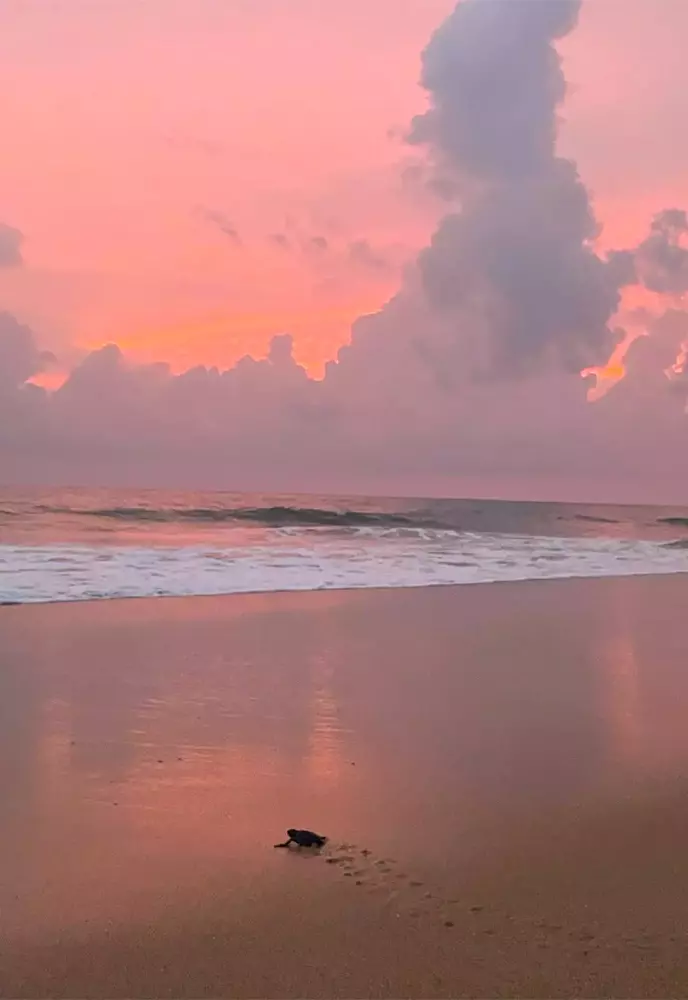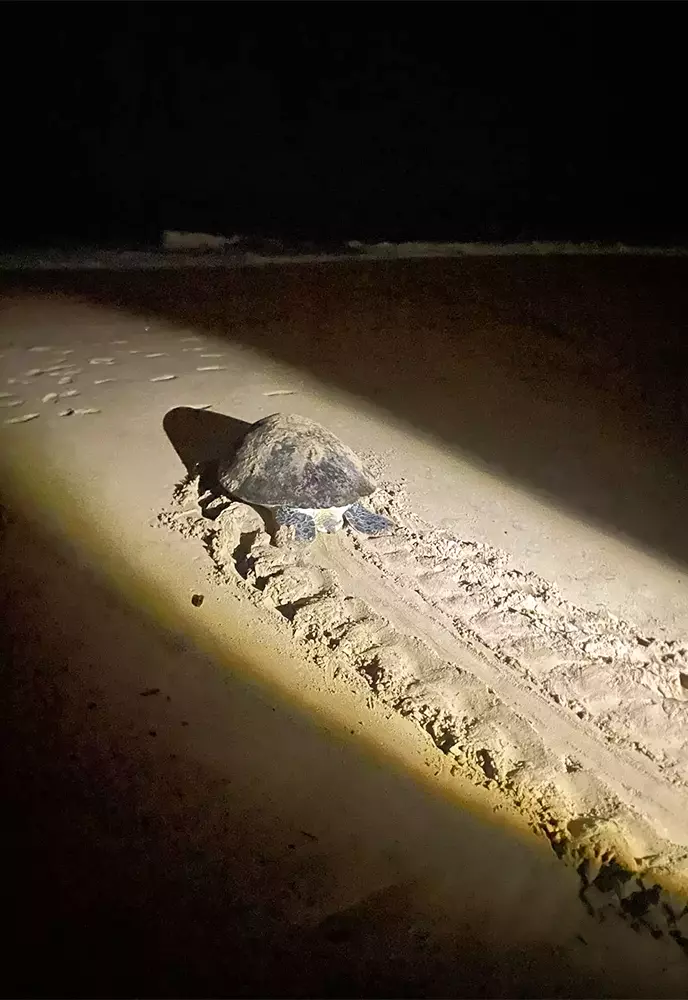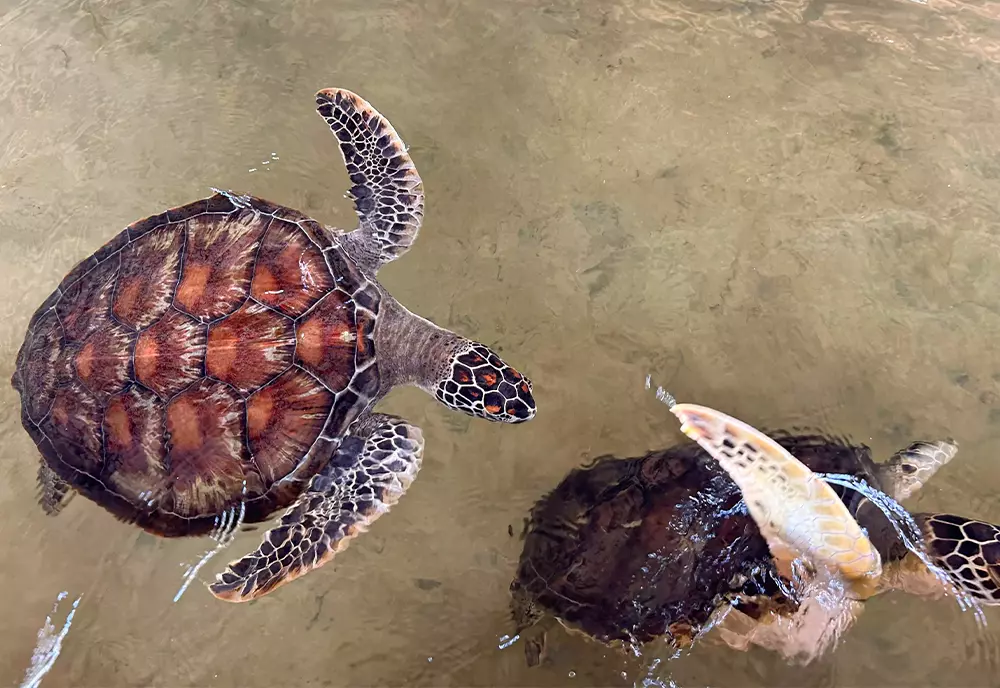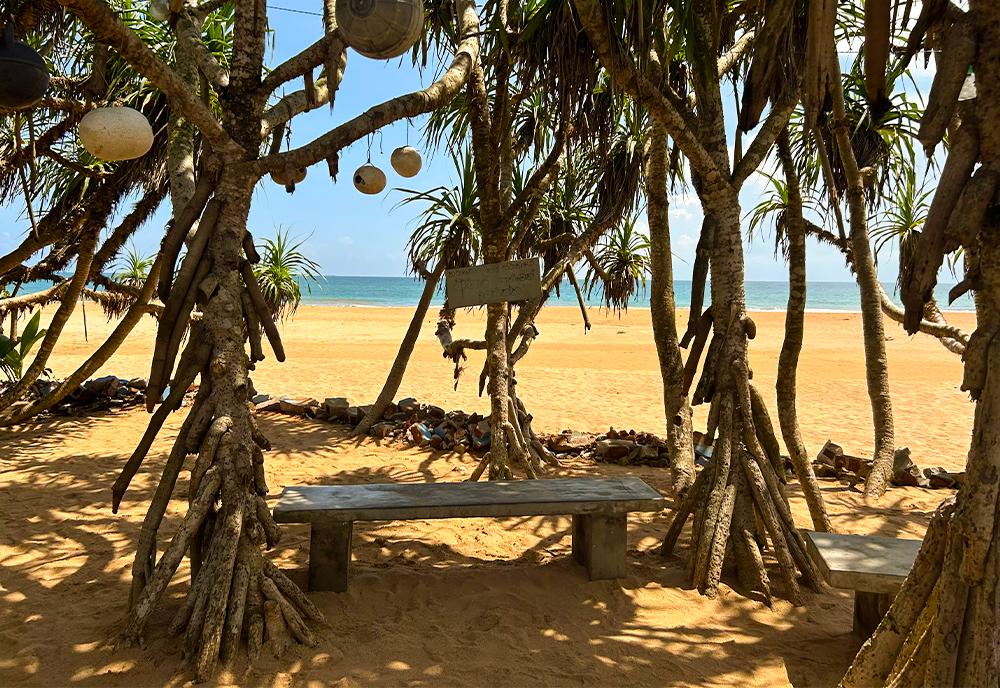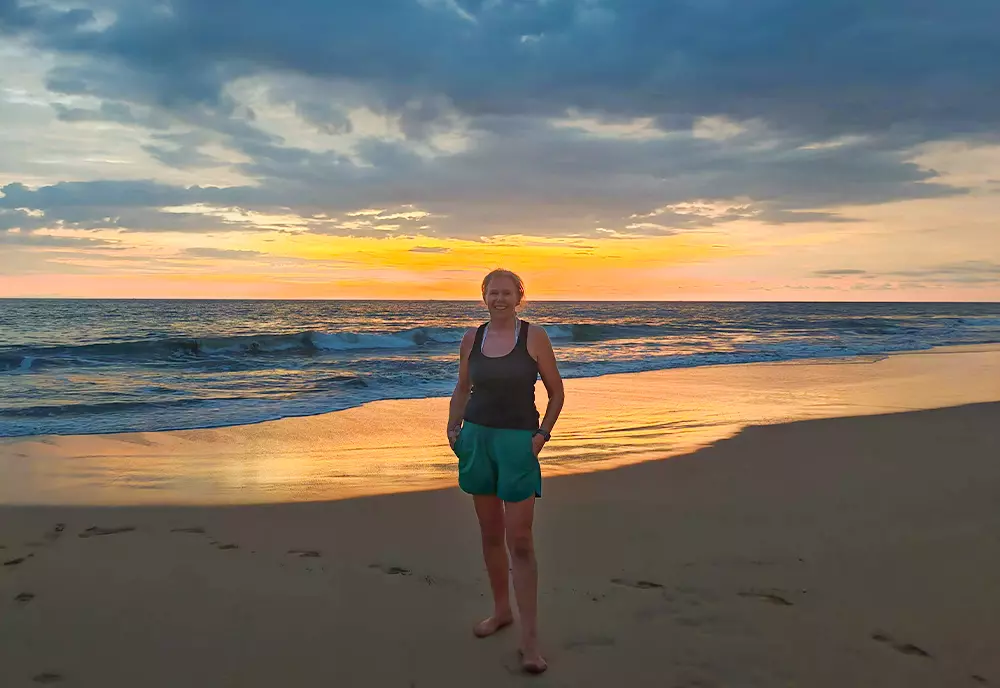

The Great Turtle Project
Join The Great Turtle Project in Sri Lanka as a volunteer, and help make an impact on the conservation of the country's beautiful sea turtles
Speak To A Travel Expert
Activities
On this project, you will help to support the daily care and conservation of turtles by taking part in a variety of activities, such as those listed below:
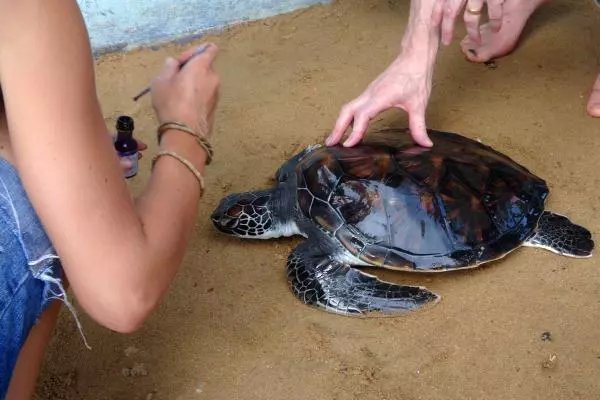
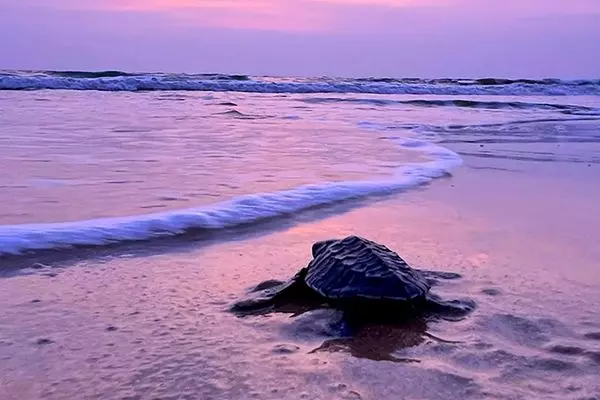



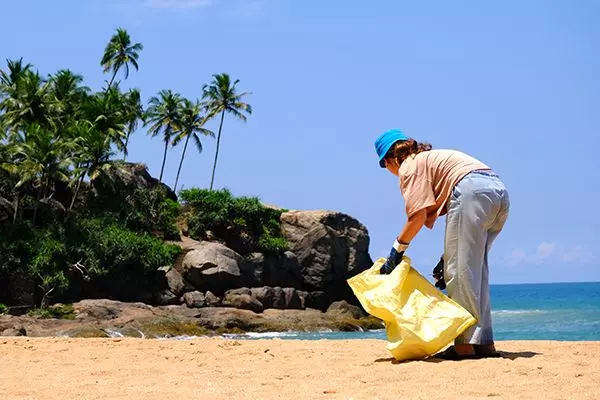
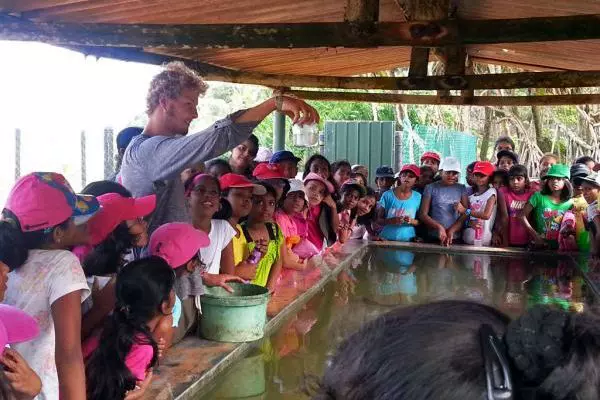
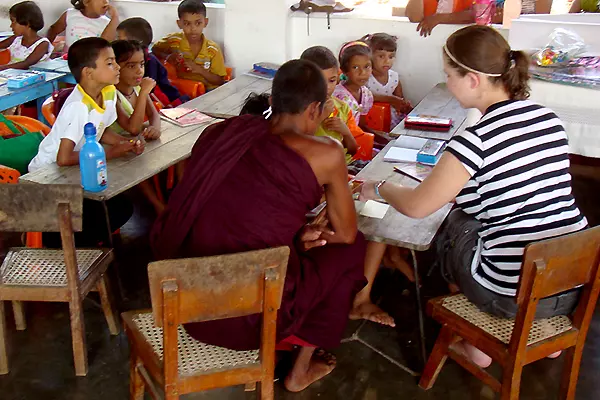
Itinerary
You can join this project for 1 – 12 weeks and the longer you are at the project, the more activities you will get to take part in. Please note itineraries are subject to change and what follows is simply a rough guideline.
Durations & Prices
Accommodation
Accommodation
During your time on the project, you will stay in a designated volunteer house next to the turtle sanctuary and beach. You will be assigned a twin or triple-share room, shared on a same-sex basis, except for couples and families who will be accommodated together. Each bedroom is equipped with air conditioning, and the house has bathrooms with hot showers and Western toilets. Elsewhere in the home is the comfortable communal area where you'll share meals and can socialise or relax after a busy day.
Meals & Beverages
You will receive three meals daily and bottled water on this project. Breakfast consists of fresh fruit, bread, jams, and eggs, and you will select your lunch from a menu (items include sandwiches, soups, and omelettes). In the evening, your dinner will likely consist of typical Sri Lankan dishes such as curry (fish or chicken), rice, and vegetables, each served in a buffet style. Dietary requirements can be catered for, but please let us know before your arrival.
Project Details
When Is The Best Time To Volunteer?
The best time to volunteer is during turtle season, which runs from November to early June.
Nesting season falls between November and April, and as turtle eggs take seven weeks to hatch, hatching season is typically from January until early June.
The most popular time of year to volunteer is between January and April, as this is peak hatching season and still nesting season, so these months offer the opportunity to see both nesting and hatching turtles.
If you volunteer outside of nesting or hatching season, activities will focus on caring for the sanctuary's resident turtles. However, if you are looking to participate in turtle releases between August and December, you may want to consider our Costa Rica Turtle Conservation Experience as an alternative.
Getting There
On your project start date, you will need to arrive at Colombo International Airport between 9am and 5pm, where you will be met by a project representative and transferred to the project site (roughly two hours drive away).
Visa Requirements
All visitors to Sri Lanka require a visa to enter the country. Short-stay visas of up to 30 days can be obtained online via the Electronic Travel Authority. These can then be extended by up to three months once in Sri Lanka at the Department of Immigration and Emigration. If you will need to extend your visa, it is advisable to contact the Sri Lankan High Commission in your home country at least one month before travel. Please be aware that your passport must be valid for at least six months from your return date; otherwise, you will not be granted entry.
Fitness & Skills
This project does not involve much in the way of physical labour, but you will often be working in humid conditions. We therefore recommend that you have a basic fitness level if you wish to join this project. No specific skills or experience are required; we only ask that you arrive with a commitment to the project's aims, an ability to work as part of a team, and a positive attitude!
Vaccinations
There are no specific vaccinations required to join this project; therefore, we recommend consulting your GP/doctor or a travel clinic and following their advice on vaccinations for travel. You can also find helpful advice and information on the Travel Health Pro website.
Videos
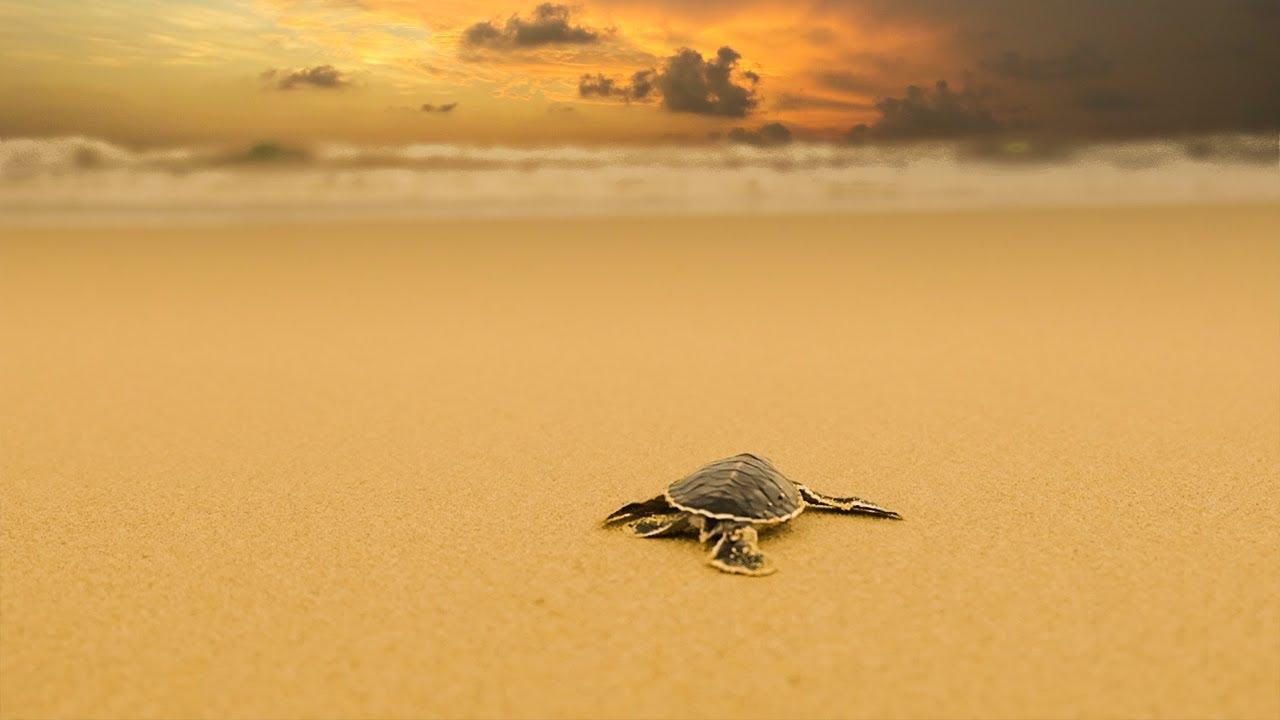
Discover The Great Turtle Project
Take a look at what The Great Turtle Project has to offer volunteers and how you can contribute to safeguarding turtles on the beautiful shores of Sri Lanka. From collecting eggs, observing hatchlings and releasing turtles into the ocean, you'll make a real difference in conserving five different species of sea turtle.
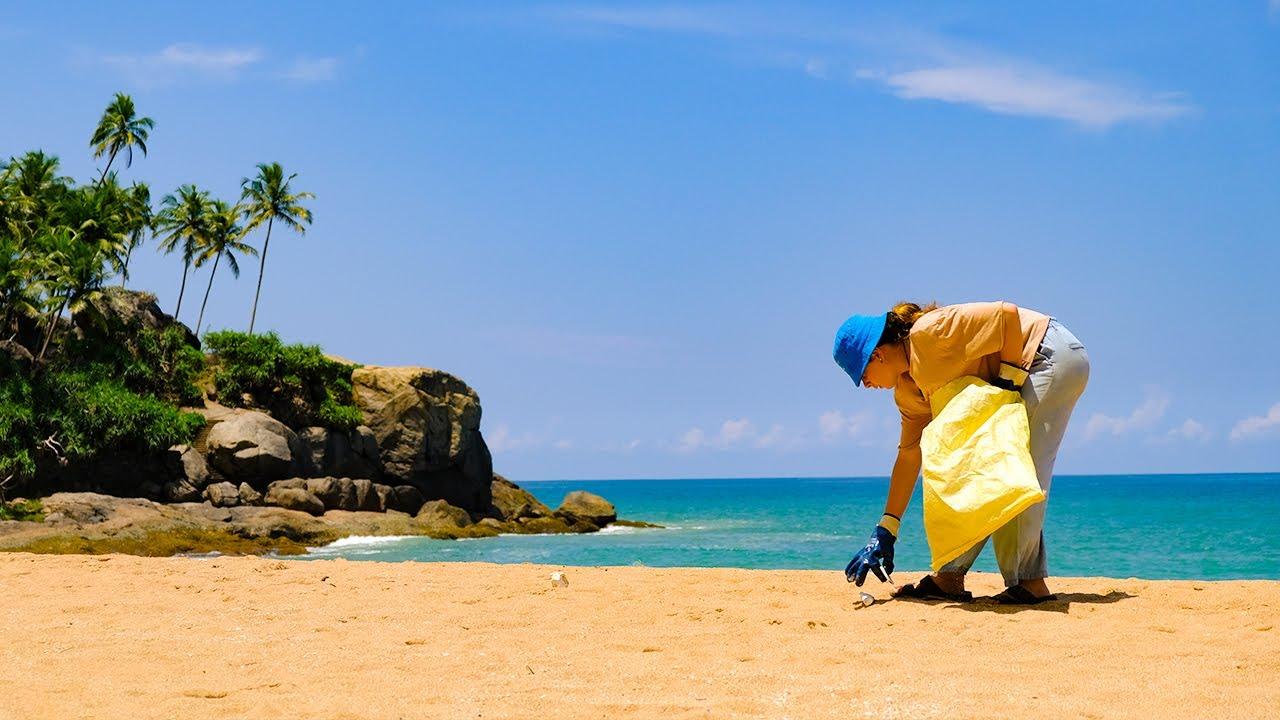
A Family Volunteering Experience
Hear from Lucy, Sean and Minh who joined The Great Turtle Project looking for an exciting and educational family volunteering experience.

Releasing Baby Turtles!
Get involved in the protection and release of baby turtles! Watch the hatchlings embark on their treacherous, first-ever journey to the sea.

West Coast Weekend Adventures!
Unleash your inner explorer! Discover Galle Fort, take a river cruise, visit temples, cinnamon farms, beaches and museums. Kosgoda has it all!
Gallery
Reviews
Enjoyed this experience so much. Would recommend to anyone wanting to get stuck into hard work and make a difference. As a solo volunteer in my 40's this was a perfect demographic of volunteers old and young and from all walks of life. Everyone had a story to tell and made some great friends. The work was varied from caring for the turtles, releasing babies, giving tours to tourists to carrying rubble and cement as we demolished and remade a turtle tank. The hours are quite long, 8.30am until about 7pm after the sunset release with a lunch break and 2 x tea breaks, but free time from Friday afternoon all weekend to go and explore Sri Lanka. Working with the turtles and learning about the conservation was better than I'd ever have anticipated. I'm looking forward to booking my next experience with The Great Projects and Kate was so helpful answering all my nervous questions before I chose a project and then helping me with information about the trip to Sri Lanka. I've been recommending to anyone who'll listen!
What a great project! Working with the turtles is great fun. Letting the hatchlings into the sea in the evening is super cute. We were also able to watch a mother turtle laying eggs at night. It's exhausting but extremely rewarding. Dudley and his family are great. His wife is a fantastic cook. You have weekends off, there are so many great things to explore. It was a really great and enriching time. I can recommend it to anyone.
I had a wonderful time in my 3 weeks at The Great Turtle Project. Dudley, his family and the other staff were all very friendly and kind, also helping to arrange trips for our weekends off. I visited Udawalawe National Park, went whale watching and to other nearby towns of Galle Fort, Mirissa, Benthota and Hikkaduwa. Working on the project was a real education and privilege, learning about the turtles and their needs, seeing baby turtles hatch, releasing them into the ocean and interacting with the resident turtles. I also enjoyed giving tours of the project to visitors. Whilst I was there we built an extra hatchery area which was hard work in the hot weather but very rewarding. The food and accommodation was great and air conditioning in the bedrooms was very welcome. It was a great way to sample the local food and also meet many other volunteers from other countries. I also had the opportunity to dress in a traditional sari. I would highly recommend this project for volunteers, it was so rewarding, very educational, a beautiful location and I fell in love with sea turtles. I hope to return one day. A couple of suggestions -... I had a wonderful time in my 3 weeks at The Great Turtle Project. Dudley, his family and the other staff were all very friendly and kind, also helping to arrange trips for our weekends off. I visited Udawalawe National Park, went whale watching and to other nearby towns of Galle Fort, Mirissa, Benthota and Hikkaduwa. Working on the project was a real education and privilege, learning about the turtles and their needs, seeing baby turtles hatch, releasing them into the ocean and interacting with the resident turtles. I also enjoyed giving tours of the project to visitors. Whilst I was there we built an extra hatchery area which was hard work in the hot weather but very rewarding. The food and accommodation was great and air conditioning in the bedrooms was very welcome. It was a great way to sample the local food and also meet many other volunteers from other countries. I also had the opportunity to dress in a traditional sari. I would highly recommend this project for volunteers, it was so rewarding, very educational, a beautiful location and I fell in love with sea turtles. I hope to return one day. A couple of suggestions - the pre-departure information included details about the use of a swimming pool but this was not available when I was there and appeared to be a permanent change. Secondly, the information also stated a requirement for clothes covering shoulders, knees and feet for going into communities to teach English to local children. We did teach local children but it was done at the villa and there was no requirement for these clothes so I did feel I had brought quite a few things that I didn't need, apparently going into the community to teach English hasn't been done since covid. It might be worth updating the information for volunteers. (Show More)
What's Included
- Accommodation
- Three meals per day
- Airport transfers
- Bottled water
- Wi-Fi
- A conservation donation
What's Not Included
- Flights
- Travel insurance
- Soft and alcoholic drinks


































